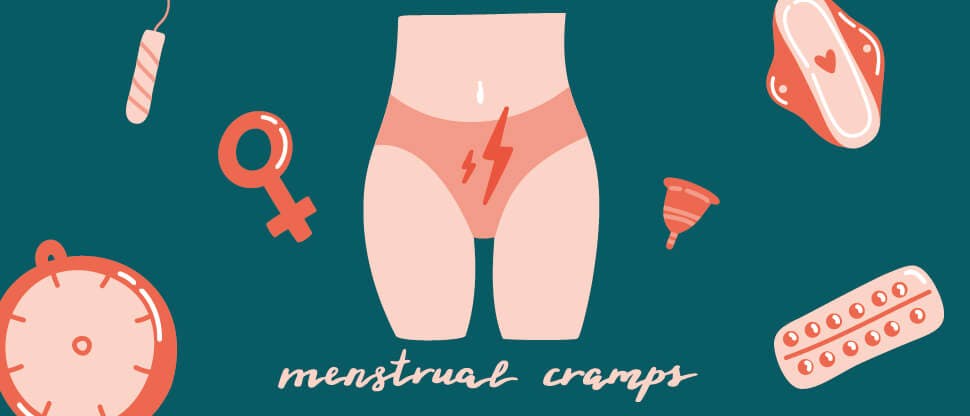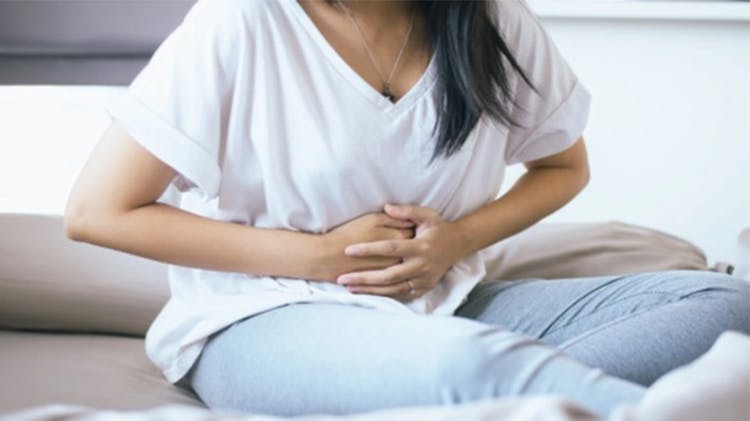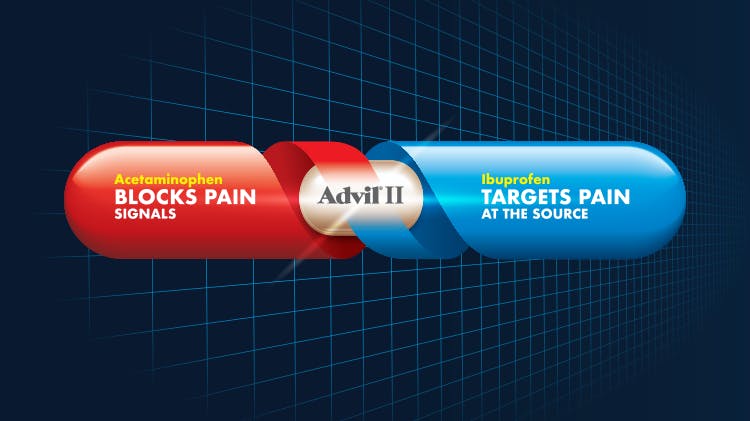Menstrual Pain Causes

Dysmenorrhea Causes
A woman’s menstrual cycle can cause her to experience a variety of symptoms. From PMS to cravings, bloat, and pain, so many women experience a handful of the same symptoms every month just before, during, or even after menstruation. Dysmenorrhea, known as pain associated with menstruation, occurs in over half of women who menstruate.1 Thus, physicians have the task of helping women understand the causes of these symptoms and knowing how to properly mitigate the discomfort. Below we discuss some of the common causes of both primary and secondary dysmenorrhea.
Common Causes of Menstrual Cramps
.jpg?auto=format)
What cause menstrual cramps?5
Uterine contractions during menstruation are what a patient feels when she suffers from menstrual cramps.
These contractions are what cause the uterine lining to leave the walls of the uterus and exit the body. These contractions aid the flow of the uterine lining to exit the vagina.
If these contractions happen too intensely, and press against nearby blood vessels, they can deprive local muscle tissue of much needed oxygen. When the local muscles lack oxygen, pain can result.

When do menstrual cramps happen?4
Menstrual cramps can start a few days before a patient’s period, and can continue for a few days, although the cramping is generally at its worst during the first few days of menstruation. Cramps can begin their onset as soon as a patient’s first period, and, in general, get less intense with age.
Causes of Primary Dysmenorrhea: the natural chemicals present in women’s bodies, called “prostaglandins,” cause primary dysmenorrhea. These chemicals are made in the uterine lining and cause the muscles of the uterus to tighten and relax, thus causing pain.2
Causes of Secondary Dysmenorrhea: when other conditions affect a woman’s uterus or reproductive organs, physicians may diagnose a patient secondary dysmenorrhea.3 Some of the common conditions women experience include:
- Endometriosis
- Uterine fibroids
- Pelvic inflammatory disease
- Cervical stenosis1
Symptoms of these conditions will often be more intense than the contracting muscle pains in primary dysmenorrhea and will thus require further treatment.
Treatment for primary and secondary dysmenorrhea can look different. While some over-the-counter medication may work wonders for patients suffering from primary dysmenorrhea, this may not be the case for patients with secondary dysmenorrhea. Be sure to read more about stats, facts, and management for menstruating patients on the GSK Expert Health site.
Learn more

How to manage menstrual pain
Understanding what products or treatment can help ease your patient's pain.
Products
Find out how our class-leading treatments can help your patients manage their everyday pain.
Join the Pain -Relief Community

A duo of MOAs that fight pain together
Ibuprofen and acetaminophen work together to help target pain directly, while blocking pain signals.
Learn more
Advil® DUAL ACTION Frequently Asked Questions
A resource to help answer common questions about Advil® DUAL ACTION.